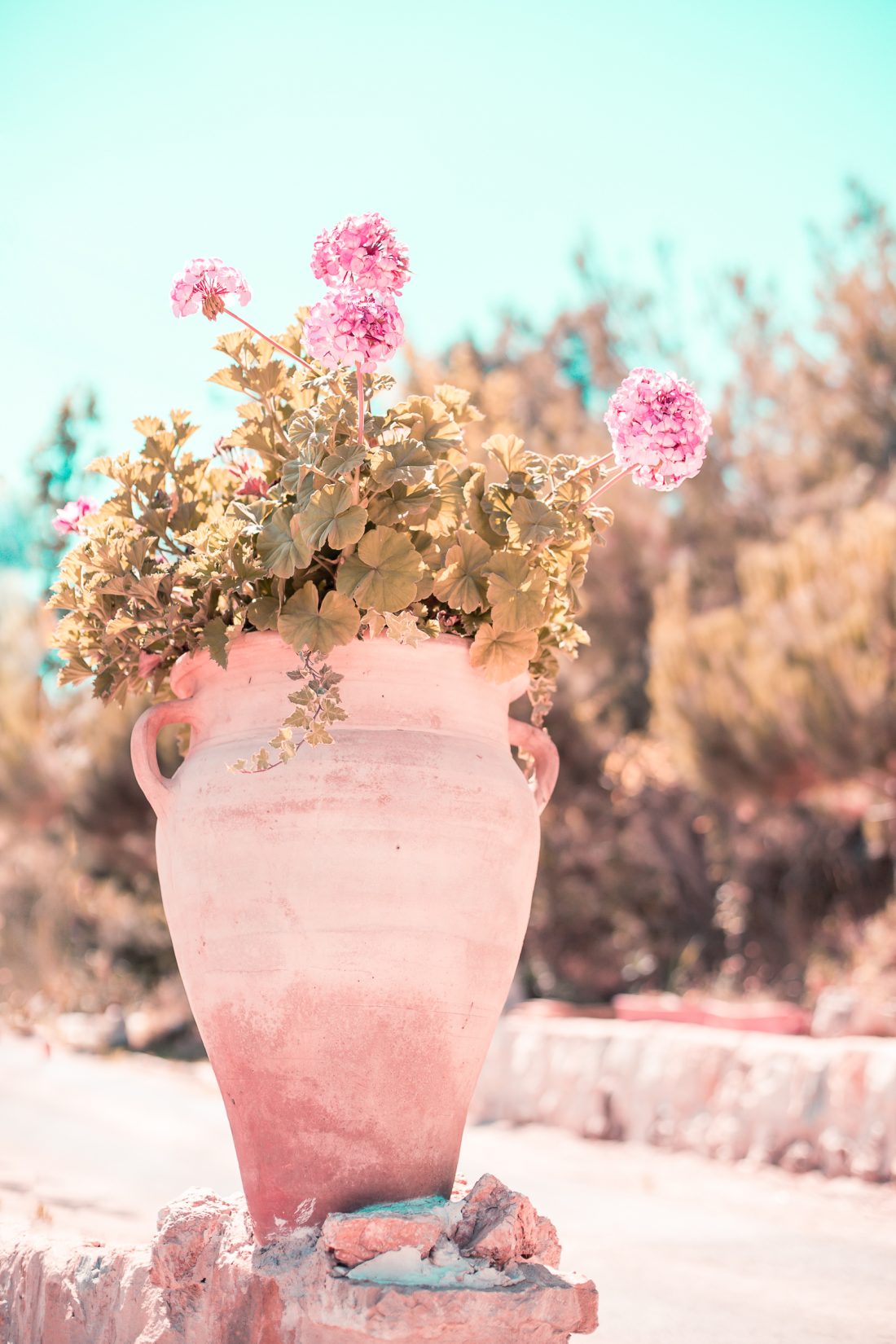
It’s gardening time, and it’s easy to get overwhelmed and think of everything that we “should” be doing. You know, tearing up the lawn and putting in enough vegetables to feed the neighborhood organically, watered only with a rain barrel and fertilized with homemade compost. I used to feel seriously guilty that I didn’t garden much.
Then I realized that, hey, not all of us are called to be homesteaders! When I learned to relax and just do what I could, gardening stopped being a stressful idea and started being an enjoyable thing that I can do at my own pace, as I have time. I also learned that it’s important to think about more than just food production. Gardens have many other benefits, too.
If you are considering doing anything in your yard or garden this year, consider adding some “sensory” elements. This will allow you to enjoy the stimulation you can get for touch, sight, smell and sound. It’s easy to achieve and satisfying to create.
When choosing plants for a sensory garden, remember to design and choose the plants in the garden in a way that appeals to all five senses.
For visual appeal:
- Use color for visual stimulation
- Keep in mind the seasons and group or plant them accordingly for maximum benefit (if you’re not sure, your local nursery can help you select based on color/bloom time).
- Butterflies and birds are attracted to colorful plants and flowers – and provide extra sensory stimulation.
For sound appeal:
- Incorporate sound in your sensory garden by adding plants which project sounds, such as rustling of leaves or ornamental grasses that make calming sounds when the wind blows through.
- Water fountains and wind chimes are also great additions for sounds in the garden space. You can create a beautiful and calming area by strategically placing them where they can be most enjoyed.
For scent appeal:
- Choose plants for smell that naturally release their scent into the air. Consider roses, lavender, mint, honeysuckle and violets for your scent additions to the garden space. The natural scents can calm anxiety and stress much faster than over-the-counter medications.
- Plant a wide range of scented plants – from intense smells to very gently scents. You can also find many plants for your scent garden which do well in containers and can be placed strategically on the porch or patio.
For taste appeal: (my favorite!)
- Your sensory garden should include plants which stimulate taste. Herbs such as mint, basil, rosemary and lemon verbena can be used in many recipes or simply bring indoors to enjoy their beauty and scent.
- Many herbs and flowers are good to dry and make into bowls of potpourri that you can enjoy all year round. Edible flowers make great garnishes to your meals and beautiful additions to your sensory garden.
- Be sure to know which flowering plants are edible and which are not. You may want to use labels (sticks with labels to place in the soil) to alert people which can be tasted.
For tactile stimulation:
- Consider Cape sundew. It’s a sticky, but colorful plant and adds even more interest in a garden because it’s carnivorous.
- Yarrow can be touched – its leaves are soft, but the flowers are stiff. Feather grass, coneflowers and many other plants can be a good way to get children to explore all aspects of their senses – and add beauty to any space.
- I also personally love snapdragons and making their “mouths” open and close
I hope these ideas inspire you to try something new in your garden or yard this year! If you are wondering how to fit in some edibles into your landscaping, remember that we have an upcoming webinar on Tuesday, April 26, at 7 PM Eastern. I hope you can join us!


My favorite part of your article is the reference to “SOUND”!
I’ve never thought to design elements of the garden based on how the plants sound…you blew me away. My wife and I love to garden for heirloom vegetables because of the flavor and the historical relevance. That’s expanded to add flowers and tons of herbs, especially for gardening. This year I’m going to give a lot of thought to asthetics, and your blog post is filled with great advice.
Snapdragons were my favorite as a kid…my brothers and I would pick the flowers and make them roar, part toy part flower. I have a penchant for sunflowers, and this year we have both 8 foot giants and 4 foot ornamentals. My challenge is blue jays attack them in September, so I cover the heads with duct tape and landscape fabric.
I appreciate your blog, thanks for all you do.
David
p.s. I saw your inspiring weight loss story. Congrats on being a tremendous example, thanks for sharing your experience.
thank you so much, good luck with your garden! I look forward to checking out your site.